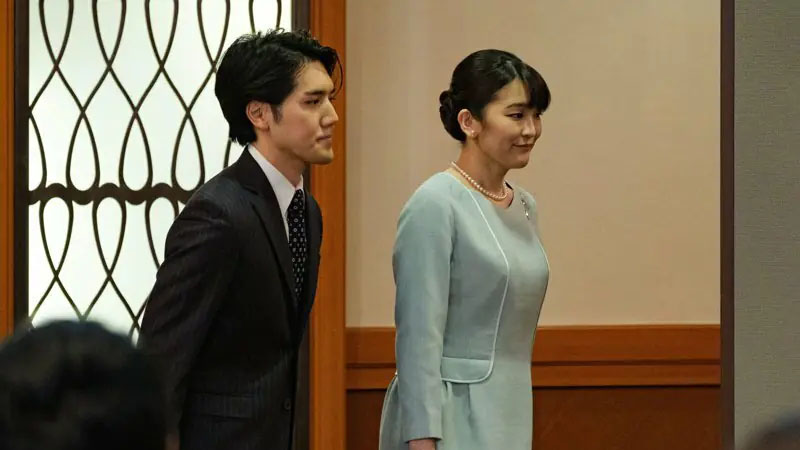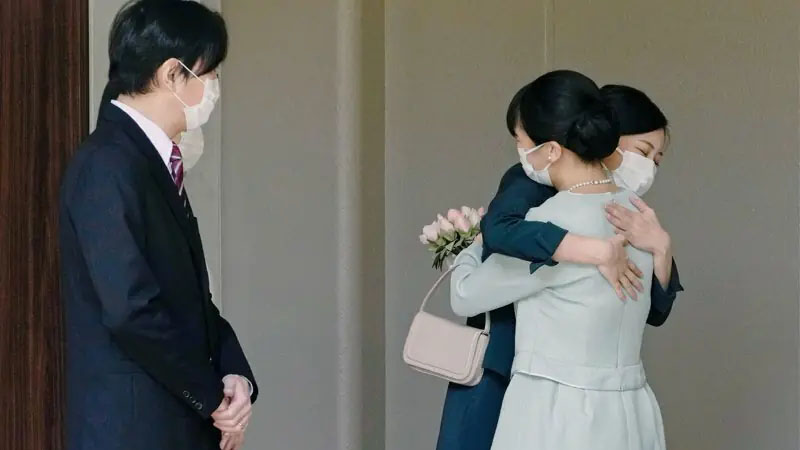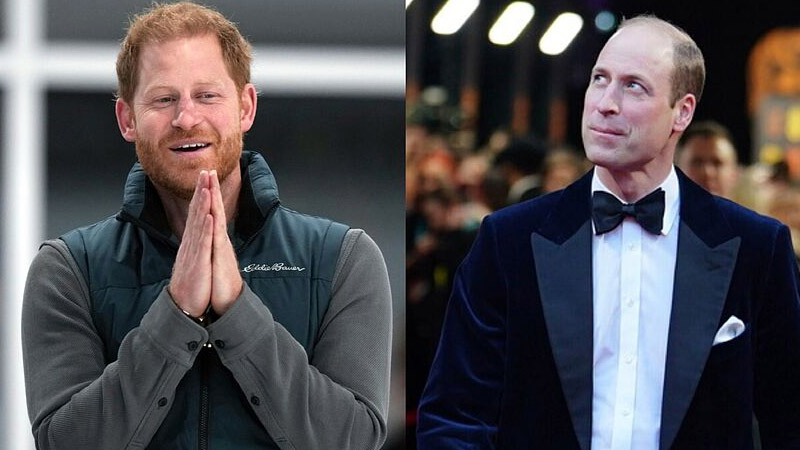Japan’s Princess Mako leaves Royal, family, following the controversial wedding

©GettyImages
Japan’s Princess Mako finally married her longtime commoner boyfriend Kei Komuro on Tuesday, ending uncertainty fueled by years of delay, controversy, and public scrutiny of their engagement.
Local media reports said Japan’s Imperial Household Agency, which handles the royal family’s affairs, submitted legal paperwork to register the couple’s union on their behalf on Tuesday morning.
Under the law, females lose their imperial status for marrying a commoner, with Mako being the latest family member to leave the Japanese monarchy after Ayako Moriya in 2018. She now becomes plain Mako Komuro and the ninth princess to renounce her royal status in post-war Japan, with her exodus reigniting debate about the shrinking royal line.
Women are not eligible to ascend the Japanese throne, and succession must be patrilineal, which limits the number of possible future monarchs. Only three men can succeed Emperor Naruhito: his 55-year-old younger brother, Crown Prince Akishino; his 15-year-old nephew, Prince Hisahito; and his 85-year-old uncle, Prince Hitachi.
An earlier poll from broadcaster NHK suggested that most Japanese would be ready to break from tradition by having an empress or an emperor from the maternal line to ensure stable succession. But the ruling conservative elite, including Prime Minister Fumio Kishida, want to preserve the world’s oldest monarchy the way it is now.

“They believe that the unbroken male line is essential to the legitimacy of the throne,” says Jeffrey Kingston, the director of Asian Studies at Temple University in Tokyo. “This isn’t really about the facts—it’s about a patriarchal ideology and the assumption that women wouldn’t be appropriate, as sort of the symbol of the nation, which the emperor is under the constitution.”
The concept of a female Japanese monarch isn’t new. Eight empresses have taken the Chrysanthemum Throne in the past, though all of them were descendants from the male line.
It was only in 1889 that women were explicitly barred from the ruling. An updated Imperial House Law in 1947 also stripped the royal status of 11 collateral family branches who shared a common ancestor with the imperial family. A princess will have to relinquish her imperial status if she weds outside the nobility, but this legal measure drastically reduced the pool of eligible males.
Meanwhile, there were no princes born in the four decades after 1965, sparking concern for the future of the line. While apprehensions were eased in 2006, when Prince Hisahito was born, the problem with succession looms. Prince Hisahito is the only male out of the seven remaining royal imperial family members under 40. If all the unwed princesses marry commoners, he will be the only Japanese royal left, and speculation over the royal line will reappear.
“Will his wife produce a male heir?’ That will be the only thing people care about,” Kingston tells TIME.




